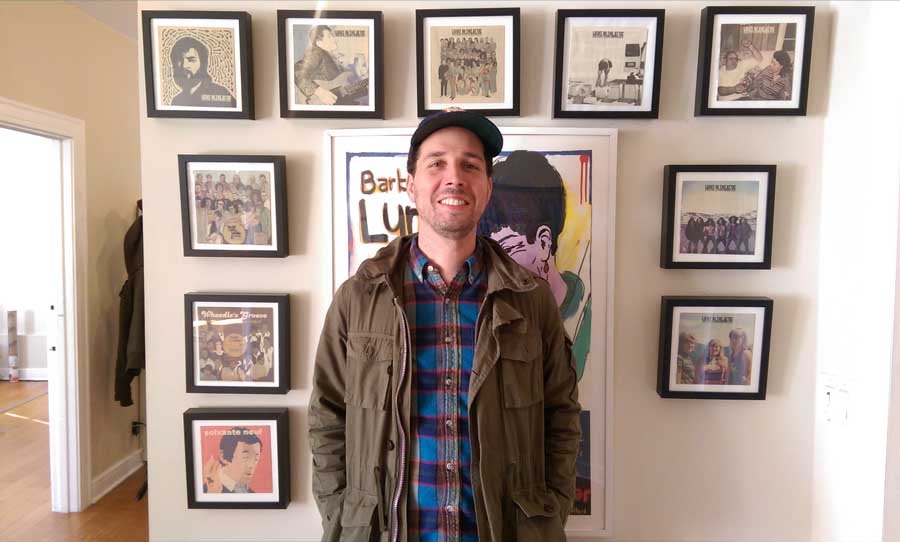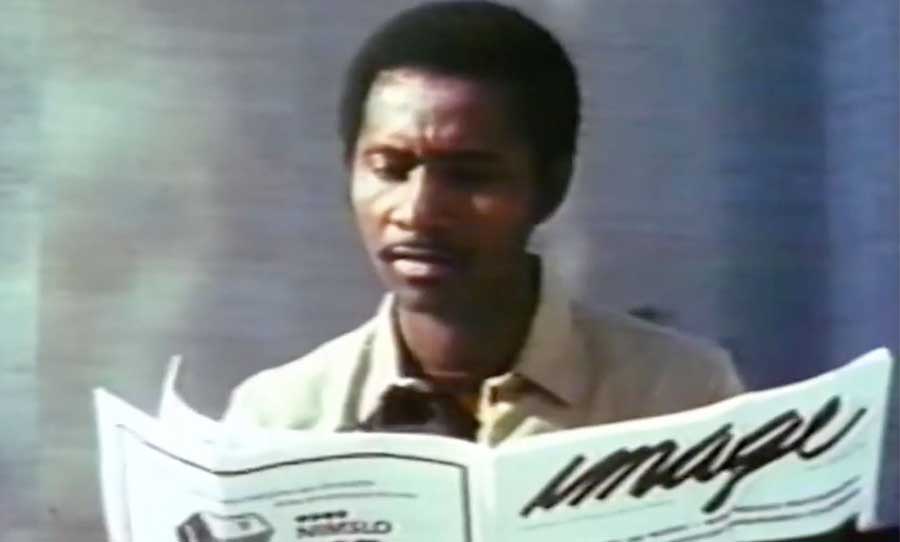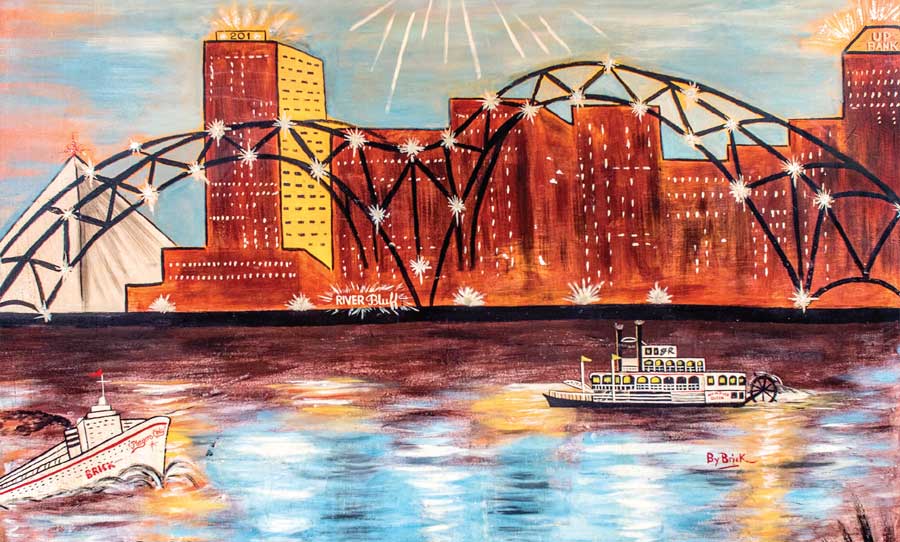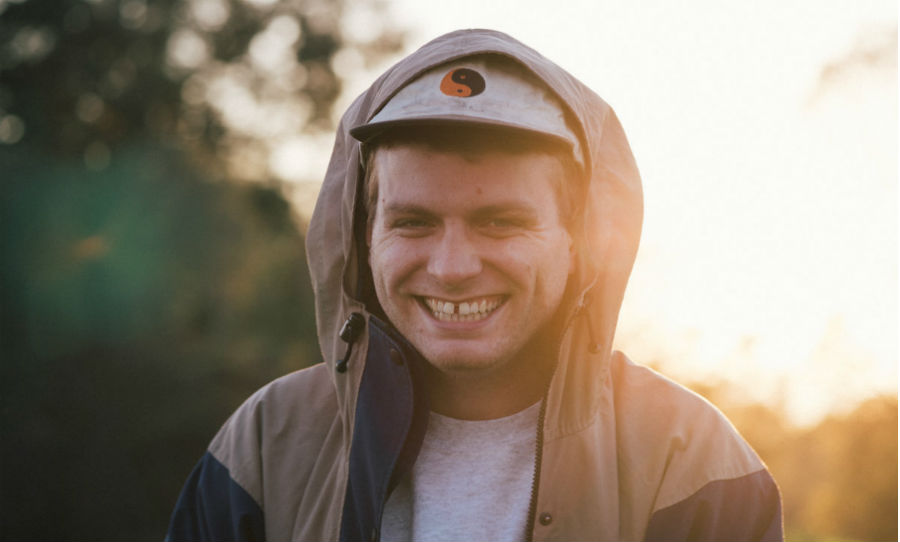If Light In The Attic isn’t already a label on your radar, it damn well should be. From reissues to compilations and contemporary releases, everything they put out is solid gold.
The last decade has been incredible for vinyl; what was once a bubbling community of old-format collectors has exploded into a full-on global phenomenon, with physical sales taking a bigger slice of the music sales pie each year running.
One label that hasn’t failed to proliferate some particularly fine wax is Light In The Attic Records; an LA-based crew that can’t seem to hit anything under a 10. Led by Matt Sullivan and Josh Wright who co-founded the label in 2001, we guarantee a quick stickybeak at the Light In The Attic catalogue will make you want to tear apart your live savings.
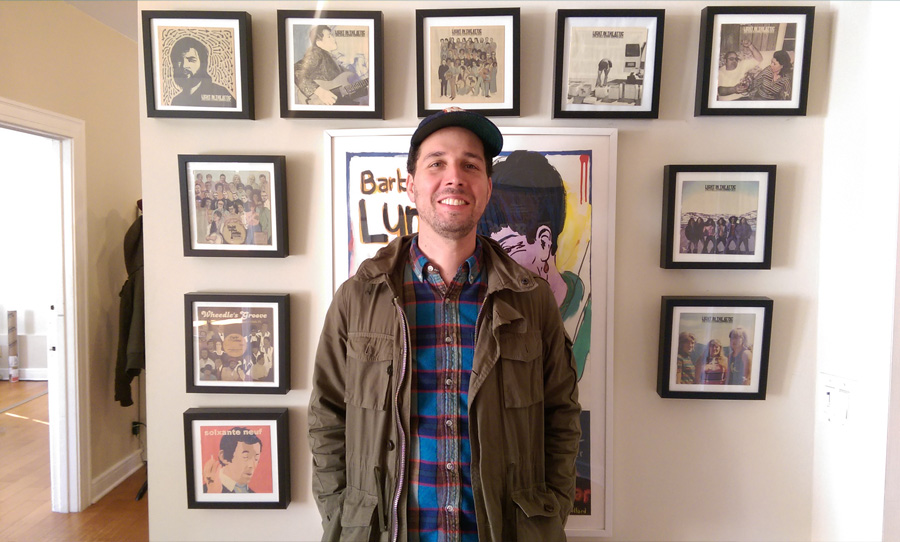
For this label “the music is number one and key,” meaning Sullivan and Wright aren’t afraid to straddle a galaxy-wide assortment of styles. Amongst their catalogue you’ll find exclusive pressings of Studio Ghibli scores, one-off BADBADNOTGOOD or Mac DeMarco 7-inches, legendary Lee Hazlewood records made modern, soundtracks to cult classic games such as Portal or Castlevania, and much more.
But Light In The Attic’s compilations are where it’s truly at. From Kankyō Ongaku, a collection of seminal Japanese ambient music from the ’80s, to Stone Crush, a definitive collection of post-Stax Memphis soul, here is a label that treats obscure, cult, and highly influential scenes with reverence and an obviously encyclopaedic knowledge.
To find out a little more about Light In The Attic, we hooked up with label co-founder Matt Sullivan for a virtual chat.
HAPPY: What’s the trigger moment for a reissue? What’s the moment you say ‘we’ve got to put this out?’
MATT: I mean it has so many different elements. Number one we have to like the music [laughs]. Number two we have to feel like we can add something to it, maybe it’s simply making it available for the first time or making it available for the first time in a long time, or adding something special to it such as liner notes, give it context, other elements like that. But you know, more or less for us it has to be something that speaks to us and the music is number one and key. We’re very selective and picky with what we put out.
HAPPY: I assume finding really amazing old music is actually the easy part of the puzzle for you. It’s the rest that’s time and research and effort.
MATT: Yeah definitely.
HAPPY: Are there any white whales? Things you haven’t put out but would love to.
MATT: I can’t tell you because we’re still working on it! I’ve got so many white whales it could be an aquarium. A lot of the best ones take 10 years… Stone Crush took 10 years. Kearney Barton: Architect of the Northwest Sound took 10 years, maybe 12 years. The hard ones, some of the great ones, take a long time.
HAPPY: What’s the majority of that time, then?
MATT: Honestly, quite often it’s due to licensing hurdles. Getting the right people on board and you know, gaining trust, that takes time. It could be dealing with a major label, it could be dealing an artist or their estate, could be dealing with an old copyright holder… number of different paths it could go down.
HAPPY: Is there a contemporary scene right now that you think people will be compiling in 20 years?
MATT: That’s a really good question. I don’t feel like I have my ear to the ground for contemporary stuff as much as I used to. I wish that were the case, but I’m honestly not the right person to ask. I’ll be able to tell you in maybe 20 years?
HAPPY: I know, that’s a real mean question.
MATT: It’s okay!
HAPPY: What’s your record collection like?
MATT: What is it like? It’s in a mess. It’s kind of all over the map, you know. There might be weird and strange private press records, there might be Nirvana records. Folk records and country music and exotica and jazz and soul and African music… classical records. It’s all over the map.
HAPPY: When did you start collecting records? You did a radio stint in the ‘90s right?
MATT: Yeah we had a high school radio station where my introduction into this world kind of began, and then I did college radio as well. I did lots of internships in the ‘90s like Sub Pop, a label called Loosegroove [Records] which was owned at the time by Stone Gossard of Pearl Jam, they released the first Queens of the Stone Age album. And then did an internship at Munster Records in Spain in about 1997, that was my introduction to reissues and archival, kind of off-the-radar reissues and music. But for me in terms of record collecting, high school in 1993-1994 when I started heavily getting into music, vinyl was the way to get records. They were cheaper than CDs, and you could find really incredible things. So a lot of my introduction to it was due to that. And then you quickly learn how much more is at your fingertips compared to CDs. I don’t know, my mum would take me to a lot of antique shows as a kid and that probably got that love going of thrifting and buying things off the beaten path.
HAPPY: See I still think of late ‘90s as CD era – I’m younger so to me it seems like vinyl sort of disappeared for a while, but obviously that’s not the case and people were still collecting records.
MATT: There definitely was. But it’s changed again so much over the last 10 years, as we all know.
HAPPY: Has producing hi-fi ever crossed your mind? Producing record players, speakers, that kind of thing.
MATT: You know, we’ve talked about it. A few years ago we did a kids compilation which Third Man Records, Jack White’s company, they produced a children’s turntable and then we did a soundtrack to go along with it… that was the only stereo equipment we’ve done. We’ve talked about doing it more, so I can see us doing more of it in the future.
HAPPY: I ask because your releases are really full circle. It also seems like you’d know what people would want in a record player or in a system.
MATT: Yeah, I think so. Some of us here are audiophiles, not all of us, we all like music, but we could definitely make some suggestions to what a good turntable experience would be like.
Browse Light In The Attic’s catalogue on their website. Their latest compilation, Pacific Breeze 2: Japanese City Pop, AOR & Boogie 1972-1986, is out now.
